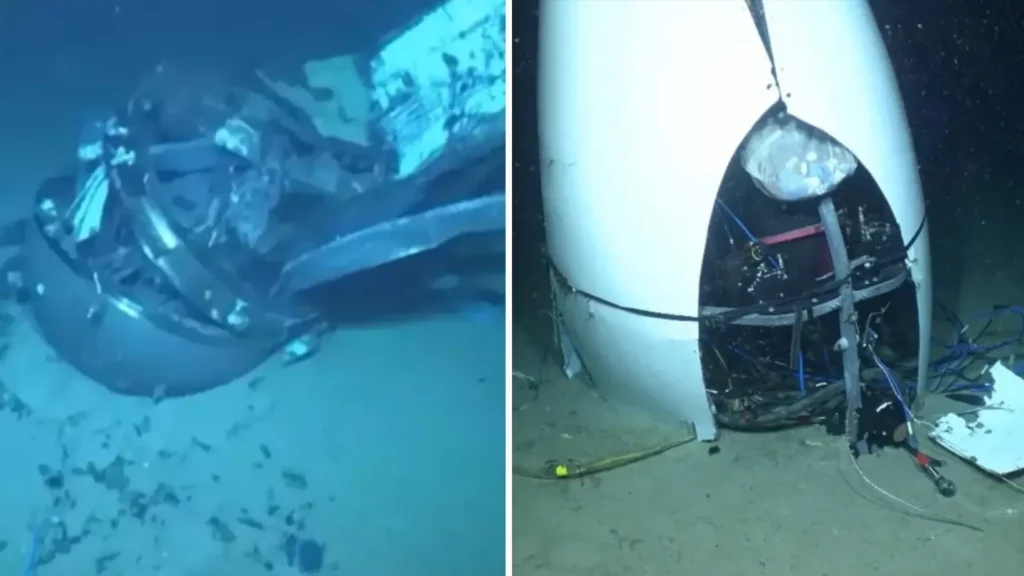In an unexpected turn of events, the Titan submersible’s terrible collapse, which killed five people while on a mission to explore the Titanic wreck, has resurfaced in the media. Steven Ross, OceanGate’s scientific director, revealed stunning details during a US Coast Guard hearing, casting new light on the submersible’s activity leading up to the catastrophic incident.
As additional information emerges, the mission’s deeper levels of risk, incompetence, and questionable behaviors become clear. The fatal dive in June 2023, intended to provide a view of history’s most famous shipwreck, ended in disaster.
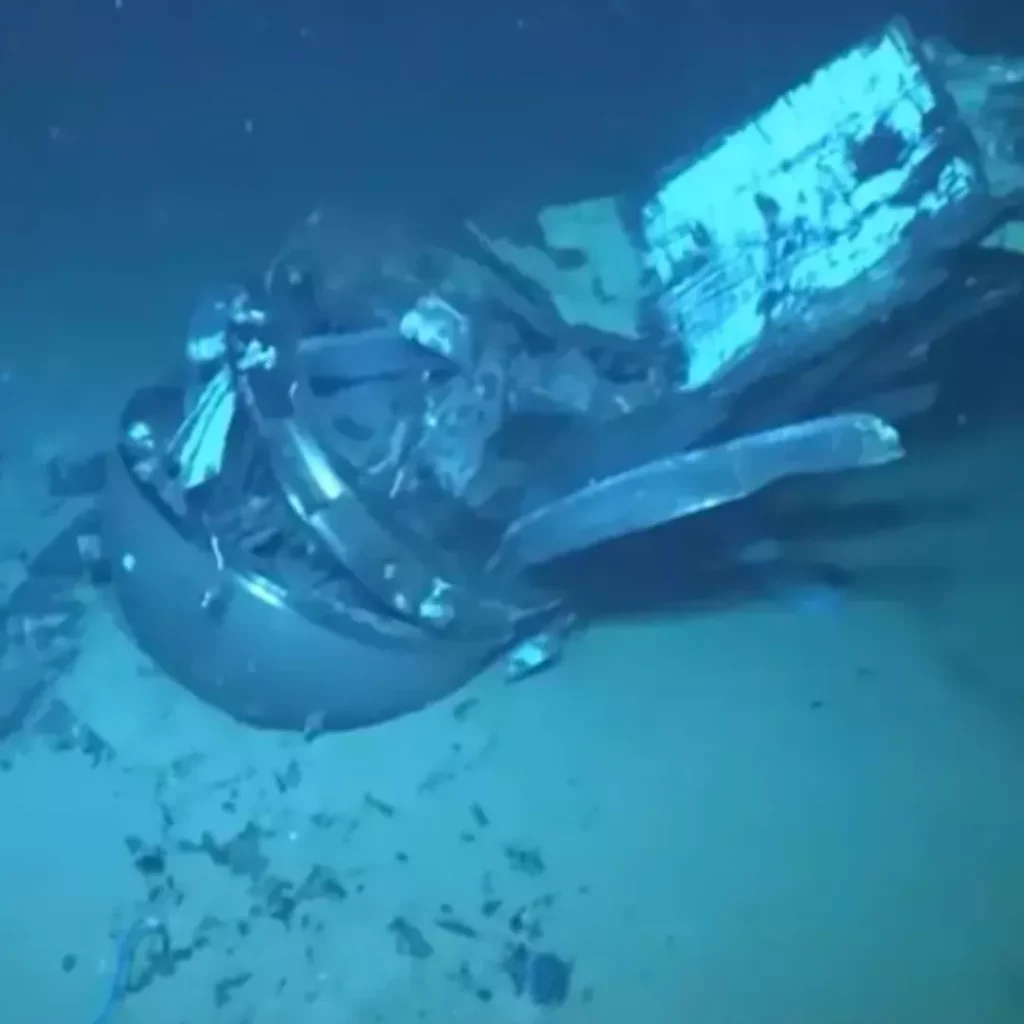
However, what happened just days before that fatal descent could have been a portent of the calamity to come. OceanGate, a corporation that once prided itself on pushing the boundaries of undersea exploration, is currently embroiled in several investigations.
The focus of these investigations is not just on the disastrous collapse, but also on warning indicators that appeared to have been overlooked—or perhaps ignored. Ross made a surprising revelation regarding a malfunction that happened days before the deadly dive
Ross told the panel that during an earlier expedition in June 2023, the Titan experienced major mechanical challenges while underwater. OceanGate CEO Stockton Rush piloted the experimental submersible, which experienced a platform malfunction that flung guests around inside.
“The passengers started to tumble about,” Ross said, describing the nearly frantic situation within the submarine. “One passenger was hanging upside down, while the other two managed to wedge themselves into the bow end cap.”
The problem was so serious that it took an hour to safely return the submersible to the surface. Ross also disclosed that Stockton Rush collided with the bulkhead in the incident, fortunately resulting in no injuries.
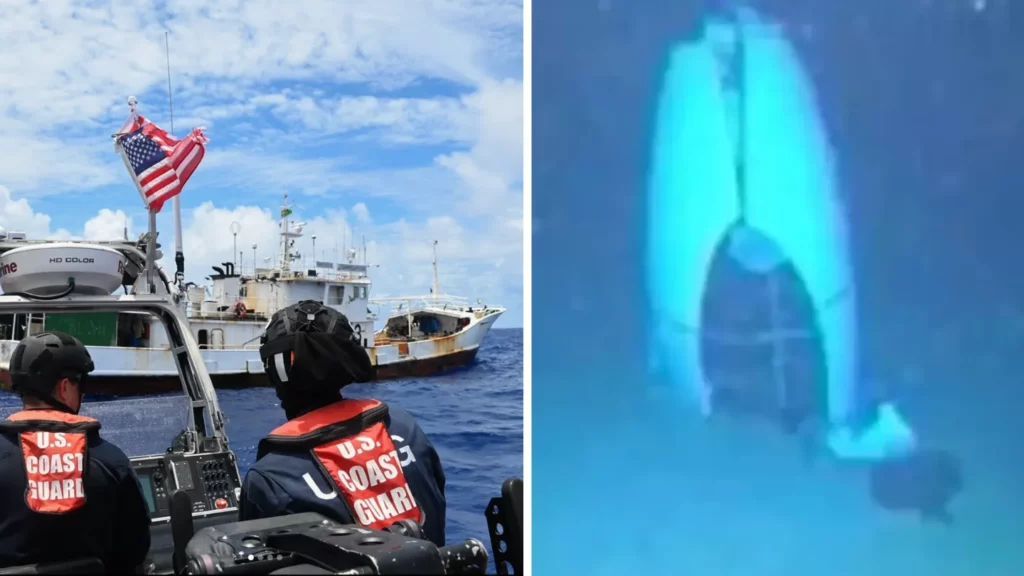
Ross expressed uncertainty about the subsequent complete examination or inspection of the Titan’s hull, despite the seriousness of the situation. This begs the question: was the Titan already compromised before its final dive into the Titanic wreck?
And, if so, why wasn’t a more thorough check performed to ensure the crew’s safety? The disturbing details about the malfunction are part of a larger story emerging from the continuing inquiry.
We anticipate the Coast Guard hearing to last several weeks, slowly revealing the complicated and troubling practices of Oceangate. The investigation focuses on the events leading up to the ill-fated Titanic mission.
Former employees of OceanGate have drawn a bleak image of the company’s internal operations. David Lochridge, OceanGate’s former operations director, did not mince words while discussing his time with the organization.
According to Lochridge, there was less emphasis on research or safety and more on pushing the envelope, often at the expense of caution. “The whole idea behind the company was to make money,” Lochridge stated. “There was very little in the way of science.”
Numerous former employees, including Tony Nissen, OceanGate’s former engineering director, shared this sentiment. Nissen openly revealed that he declined to enter the Titan due to design problems.
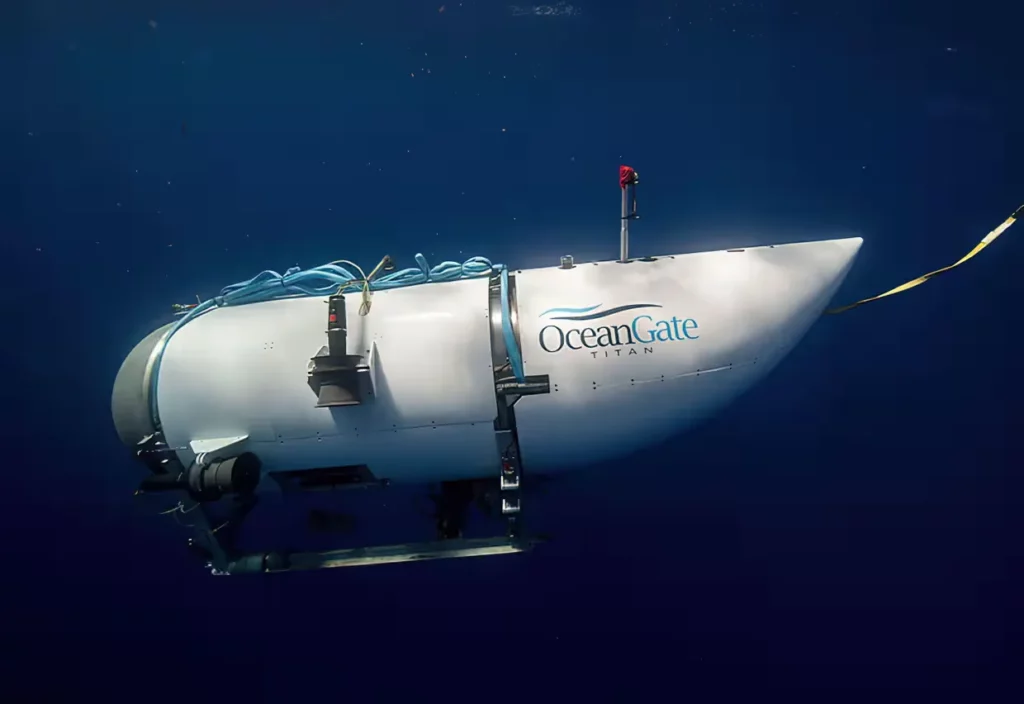
Nissen stated that Rush’s goal was for people to be able to pilot the submarine within an hour of receiving a PlayStation controller. This remark emphasizes the submersible’s experimental nature and unorthodox tactics
The revelation that the Titan submersible had never undergone third-party inspections or certifications sparked concerns. Researchers also discovered that adhesive held pieces of the Titan together.
OceanGate’s eagerness to launch the ship has raised questions about whether the disaster was preventable. On June 18, 2023, the Titan submarine made its last plunge into the Titanic wreckage.
However, it quickly lost communication with its support ship, the Polar Prince. The crew spoke with Polar Prince via text messaging, but the link dropped shortly after one of the sub’s final communications, “All good here.”
The submersible went away, prompting an urgent search. Rescuers deployed ships, planes, and other equipment to a location around 435 miles off the coast of Newfoundland.
The Atlantic Ocean floor revealed the Titanic’s debris four days later, 330 yards from its bow. Neither of the five passengers survived.

The victims included OceanGate CEO Stockton Rush, British adventurer Hamish Harding, French Titanic specialist Paul-Henri Nargeolet, and Pakistani businessman Shahzada Dawood and his son Suleman. The deaths of these men sent shockwaves throughout the exploratory community.
The disaster prompted serious concerns about the safety precautions—or lack thereof—that had preceded the expedition. Lochridge, who warned about safety hazards as early as 2018, also expressed worries about the vessel’s hull and overall design.
“I knew that hull would fail,” Lochridge said explicitly at the hearing. He went on to say that the implosion was “inevitable,” blaming it on the company’s arrogant culture and Rush’s unchecked control.
“A lot of steps along the way were missed,” Lochridge said. Not all witnesses, however, shared this sentiment.
Renata Rojas, OceanGate’s mission specialist, offered a more positive view of the organization. Rojas was emotional about her experience, stating, “I was learning a lot and working with amazing people.”
Some of those people were just trying to make dreams come true,” she told me. Rojas, who lost friends in the tragedy, including Hamish Harding and Paul-Henri Nargeolet, claimed she never felt uncomfortable while working for OceanGate.

“I knew what I was doing was very risky, but at no point did I feel unsafe,” she said, underscoring the crew’s joy. The difference between Rojas’ emotional testimony and the negative testimonies of former employees reveals a schism in ideas concerning Oceangate’s operations.
An inquiry into the Titan sub’s implosion is ongoing. The United States Coast Guard has published underwater footage of the wreck, which shows bits of the submarine spread across the ocean floor.
While OceanGate has ceased operations and has no current full-time employees, the memory of its adventurous and tragic venture continues to inspire debate. The future of private exploration remains a source of dispute.
One question remains as the investigation progresses: could we have prevented this tragedy? What lessons can we learn to help prevent similar calamities in the future?
With evidence from Ross and others, the details of the Titan’s dying minutes became clear. However, the real truth may still be beneath the waves
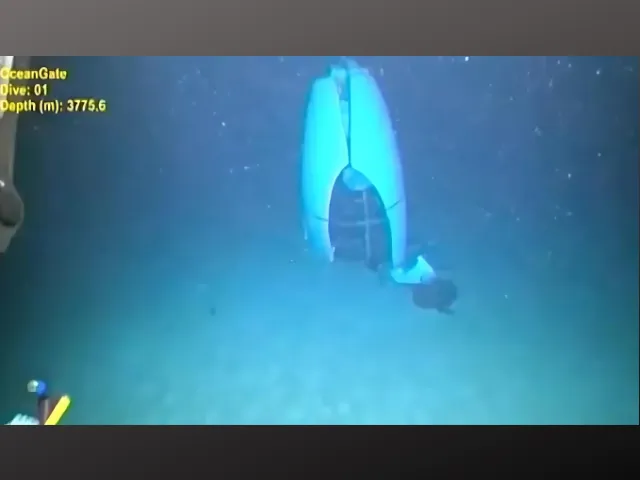
Everyone around the world is watching, hoping that the findings of this study will lead to improved safety measures in underwater exploration. For the time being, the Titan’s implosion serves as an important reminder about the dangers of pushing the limits of human discovery.
Sometimes the expense is simply too high
Feature Image Credit: (PELAGIC RESEARCH SERVICES) (US Coast Guard)

